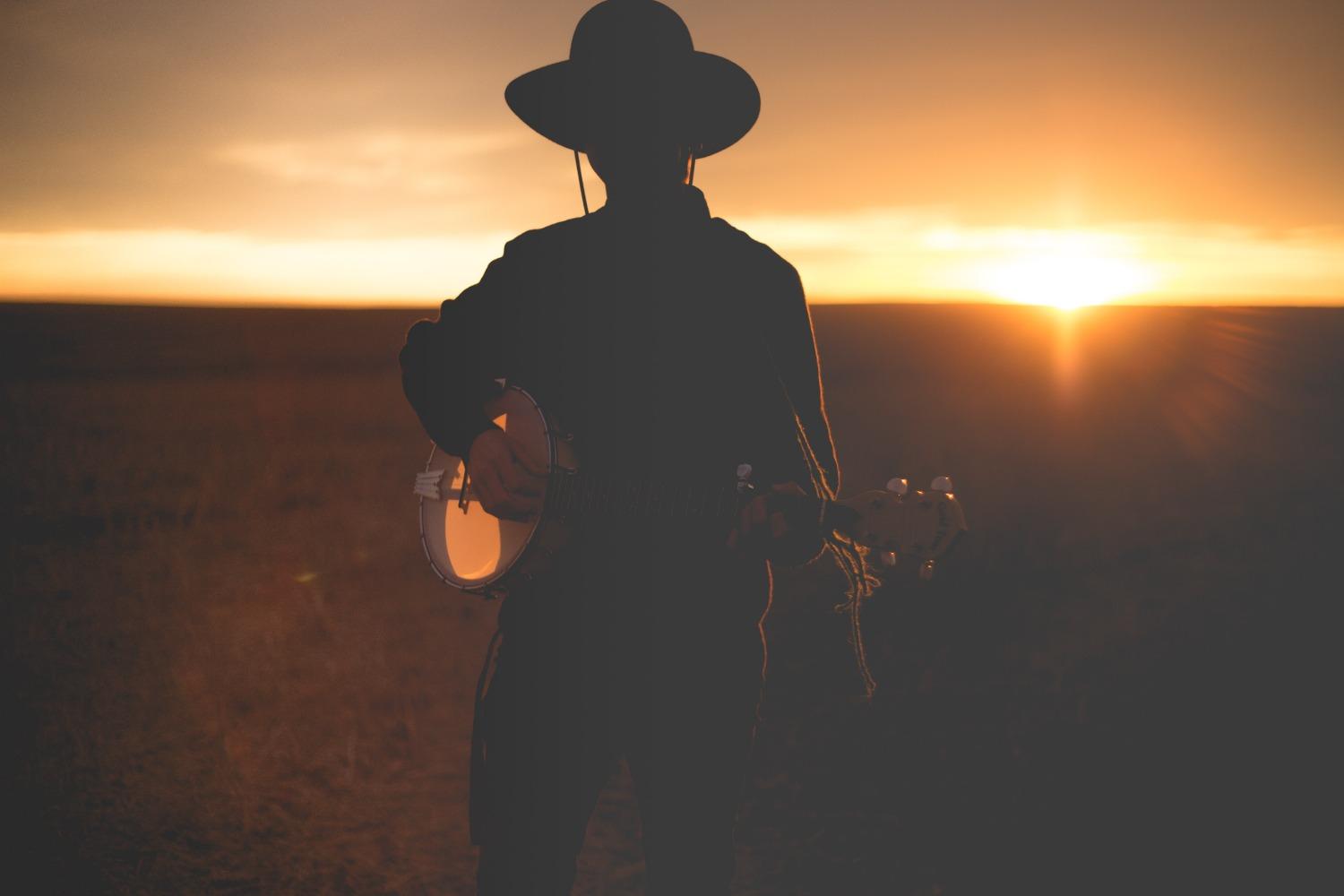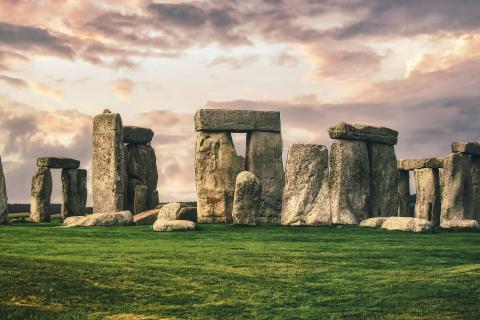
For the last nine years or so, the haphazard band Asher has played numerous shows at Catholic events throughout North Dakota. The band generally consists of fiddle, banjo, guitar, bass, and drums. We largely play both old and contemporary Irish, British, and American folk music. Recently, I have been reflecting on the reason we play the music we do. In short, we play folk music because it makes us more human, that is, more connected to our individual and collective humanity.
In 1971 John Prine advised America to “Blow up your TV / Throw away your paper / Go to the country / Build you a home / Plant a little garden / Eat a lot of peaches / Try an’ find Jesus on your own.” While to John Prine this may have been merely a Spanish Pipedream, the renowned professor John Senior took a more serious approach to this same idea. In 1983, Senior wrote The Restoration of Christian Culture, in which he advised his audience to “smash the television set” and invest your time and money into an instrument to restore music in your life. This raises the question: why should music be restored in our ordinary life? Or more pointedly, why play music and, in particular, folk music at all? In my experience, folk music has three resonating qualities that connect us to our humanity: (1) it links us to the past; (2) it brings us together in the present; and (3) it refreshes the spirit.1
But first, what is folk music? The most simple explanation is that it is rooted in what claims to be. Folk music is music that comes from the people—ordinary people experiencing the everyday joys and sorrows of life. Typically, folk music is performed with acoustic instruments (as opposed to electric instruments like the electric guitar or the keyboard). This keeps the musicians connected to the earthiness and realism that folk music organically proclaims. It is not music distorted by technology. It is music that has its roots in trees and rocks and minerals that expresses the materials of the human experience. In other words, folk music uses acoustic tonalities because they connect the musician to the natural world. This, in turn, allows the musician to contemplate and express raw human nature.
Amid this framework, folk music first connects us to the past. In many ways, folk music is an expression of past events, whether fact or fiction. For example, in Stan Roger’s The Mary Ellen Carter, the narrator laments the loss of a beloved ship:
The skipper, he’d been drinking and the Mate, he felt not pain.
Too close to Three Mile Rock, and she was dealt her mortal blow,
And the Mary Ellen Carter settled low.
We’d worked like hell to save her, all heedless of the cost.
And the groan she gave as she went down, it caused us to proclaim
That the Mary Ellen Carter would rise again.
“She gave twenty years of service, boys, then met her sorry end.
But insurance paid the loss to us, so let her rest below.”
Then they laughed at us and said we had to go.
Folk music connects us to the past, certainly, but it also connects us to one another in the present moment. Without doubt, one can experience recorded music on a communal level. Mediums such as the vinyl record help in the communal aspect of listening to recorded music because it involves something real, not digital. It takes a certain activity to invest the time and effort into experience the music on a record.
That being said, playing music with others forms a bond between the musicians and fosters communal artistic expression. To play music with another requires emotional and personal vulnerability with the other musicians. Not only does it take time and effort to play a song with others, but part of that learning is setting aside your ego and insecurities to allow the group to flourish. This is decidedly simple. Folk music, as John Senior noted, can be learned by anyone “after even a few hours of instruction and practice.” Playing folk music together then is not a matter of musical mastery, but rather it is about community. To play music as a group, writes Senior, allows the individuals to love one another effortlessly because “they are moving in harmony together.”
Folk music also provides refreshment of the human spirit. This form of expression is important. It calls the musicians out of themselves for a common goal. Tolkien emphasizes this point regularly throughout his Fellowship of the Ring. When the various characters gather, Tolkien stresses good spirits, good stories, and good songs as necessary components of fraternal leisure. Before embarking on an adventure, great or small, refreshment in song happens first. More to the point, good stories and good song are, in folk music, synonymous: a good folk song tells a good story. Woodie Guthrie laments the Great Depression in Ain’t Got No Home. But the classic country song, I Saw the Light, recounts the joys of conversion. Needless to say, despite the emotive feeling of each song, playing music together probes the heart and refreshes the soul. This refreshment comes only through attentiveness, collaboration, and action. Loss, comfort, pain, joy, and all the emotions are expressed. And through that expression, folk music helps, in a simple way, to provide peace and clarity.
In the end, it is clear that Asher exists to engage others in the harmony of the human experience. We play to be better brothers, fathers, sons, and friends. This is because playing folk music together allows us to reflect on the past, build community, and refresh the spirits of those around us. I haven’t yet smashed my TVs or taught my children how to play music (although I should). But by providing them and others opportunities to engage in the music as a listener, I hope they are able to experience these three facets of folk music and, in turn, continue the mission of building a Christian culture.
1 Although it is not the focus of this essay, it goes without saying that Christ is ultimately at the center of each of these facets of folk music.


